Words by Sean Wilson
What is the greatest film score of all time? That’s a debate that has the potential to range all day, but whatever one’s answer, the relationship between music and the moving image is incontrovertible.
“I never thought in my wildest dreams that I would ever be writing music for movies,” says John Murphy, the composer of 28 Days Later (2002), Sunshine (2007), and The Suicide Squad (2021). “It still feels surreal even now. But sometimes it can feel like the best job in the world. You’re on a movie, you're working on a difficult scene, and it's just not happening. Then you push through that barrier and suddenly it all makes sense.”
As early as the beginning of the 20th century, filmmakers were swift to capitalise on the powerfully symbiotic relationship between visual poetry and subjective, illusory notes on a cue sheet. In the days of vaudeville and silent cinema, it was common practice for live pianists to perform live to picture before increasingly sophisticated working practices began to take hold.
Organs were installed that could mimic objective sound elements like bird songs, and a boom in cinema construction saw movie theatres equipped with specially designed orchestra pits capable of accommodating the finest classical musicians of the period. An increased emphasis on narrative-driven, feature-length drama resulted in D.W. Griffith’s controversial yet groundbreaking The Birth of a Nation (1915), whose score by Joseph Carl Breil deployed the use of the Wagnerian ‘leitmotif’ whereby specific musical motifs are assigned to particular characters and situations.
Many of the early 20th century’s most prominent comedians, including the likes of Charlie Chaplin, favoured a sense of intricate melody and harmony within their films. With the transition from silent cinema to sound pictures, or ‘talkies’, the film score was somewhat destabilised and no longer the prominent element in the sound mixture. Full synchronisation between picture, music, and sound elements would not be completely achieved until Al Jolson's musical The Jazz Singer (1927), which showcased the newly developed Vitaphone system. Don Juan’s pioneering approach, mixing objectivity of sound effects and dialogue with the subjective emotion of music, paved the way for every movie in its wake.
Martin Scorsese’s 'Hugo' benefited from Eugene Gearty setting the train station, clocks, and train whistles in the same key as the score.
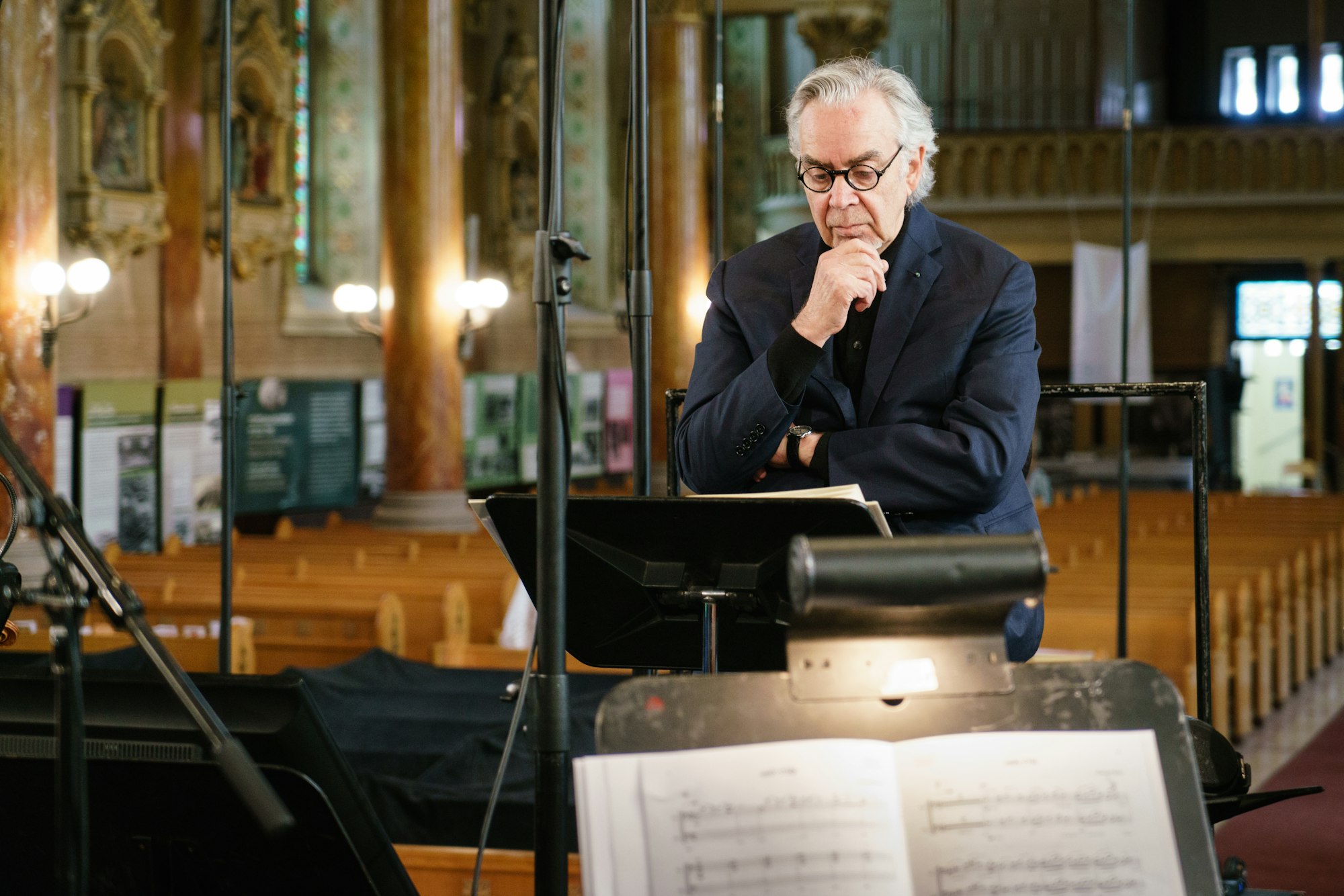
Howard Shore is one of the most celebrated composers of the modern age. Acclaimed for his work on a host of diverse genres, Shore broke new ground in fantasy scoring with his gargantuan, extraordinary The Lord of the Rings trilogy (2001-2003) for director Peter Jackson, a landmark achievement that won the composer three Oscars. Shore says that “the collaboration between sound and score can produce interesting results”. He continues: “Martin Scorsese’s Hugo (2011) benefited from Eugene Gearty setting the train station, clocks and train whistles in the same key as the score. Jonathan Demme’s The Silence of the Lambs (1991) benefited I believe from the close collaboration between music and sound editing and design by Skip Lievsay.”
That said, it would still be some years until the non-diegetic film score came of age in the early 20th century. Non-diegetic refers to music heard outside of the context of the film; diegetic means the source of the music is visible within the context of the scene. In 1933, Max Steiner delivered what was arguably the first-ever creature feature adventure score, King Kong, a leitmotif-driven extravaganza of interlocking themes and impressions. The score benefited from the recent invention of the click track, which allowed the composer to achieve infinitesimal synchronisation by listening to ‘clicks’ through headphones.
The industrial innovations, combined with Steiner’s dramatic intuition, inspired scores of talented film composers who flourished during Hollywood’s so-called ‘Golden Era’, including Erich Wolfgang Korngold, Alfred Newman, Bernard Herrmann, Franz Waxman, and Dimitri Tiomkin. Newman would invent the 20th Century Fox (now 20th Century Studios) fanfare, one of the world’s most famous musical signatures. The scores of this period began to transition from European romanticism, imported from Austria by the likes of Steiner and Korngold, to a more typically ‘American’ sound that had already been popularised in the concert hall by Aaron Copland.
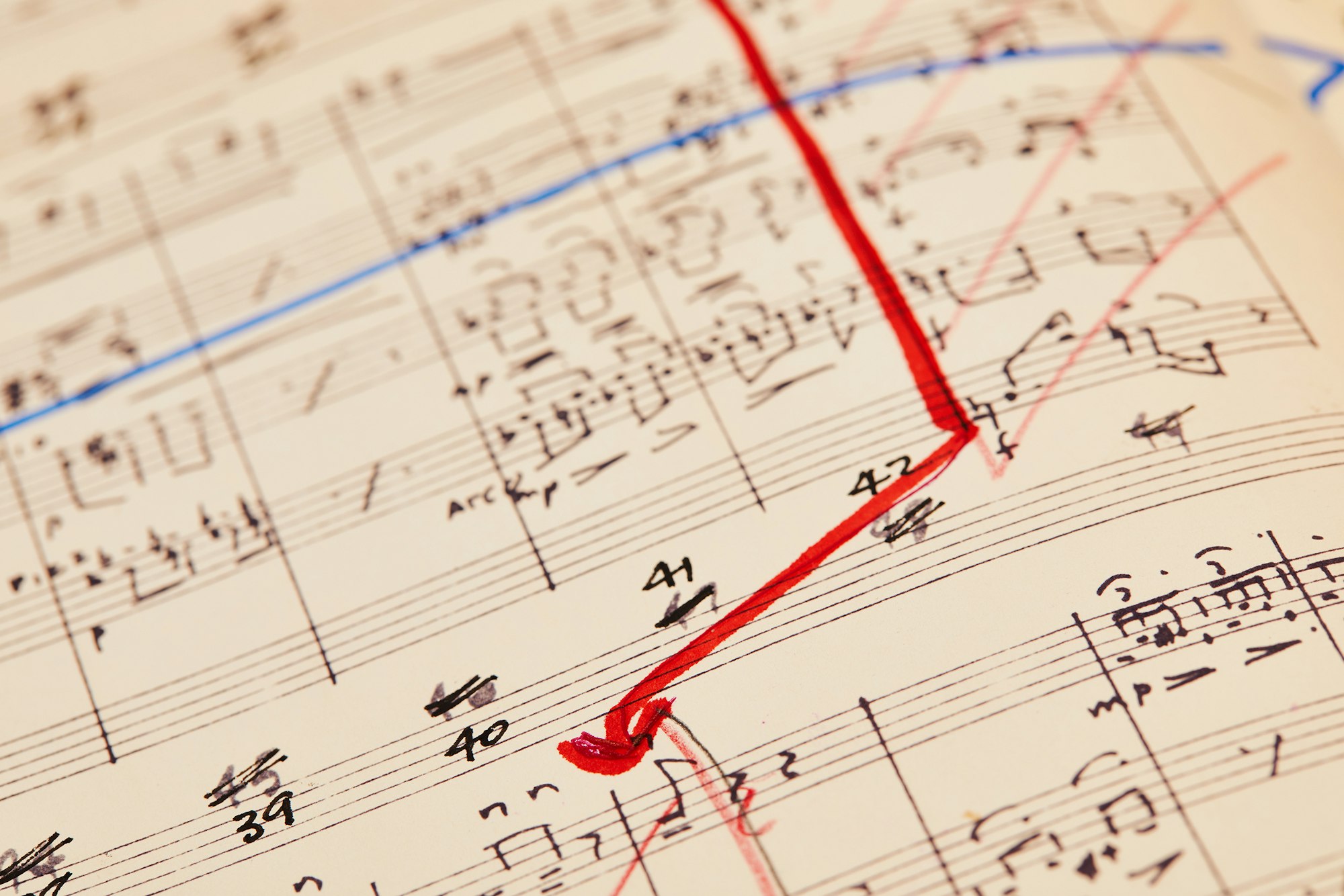
Emile Mosseri is a composer whose sound mixes delicate tones, unusual intervals, and chord suspensions with lush orchestral textures. Off the back of praised works such as The Last Black Man in San Francisco (2019) and the Oscar-winning Minari (2021), Mosseri’s voice has been hailed as invigorating and distinctive.
“The main reason why a composer is hired is that they’ve composed something in the past that resonates with the director,” Mosseri explains. “It’s just your musical instincts. Everyone has something they gravitate towards. It’s going to sound like you if it comes from you. In Minari, the music was intended to float in an impressionistic way. The music is dreamlike and suggests things without using a heavy hand. Working on that film was an absolute dream."
"The goal was to figure out what childhood memory would sound like musically. I must praise the instincts of director Lee Isaac Chung and editor Harry Yoon – they placed music where I hadn’t imagined it going. In a way, I feel like they co-scored the film. Certain pieces of music weren’t necessarily powerful on their own, but via this strategic, poetic placement, the music took on a new life. On the other hand, for a particular scene in The Last Black Man in San Francisco, we removed the music and left it dry, which, as it turns out, was the best approach. In terms of spotting, where you put music is just as important as what goes in.”
The main reason why a composer is hired is that they’ve composed something in the past that resonates with the director.
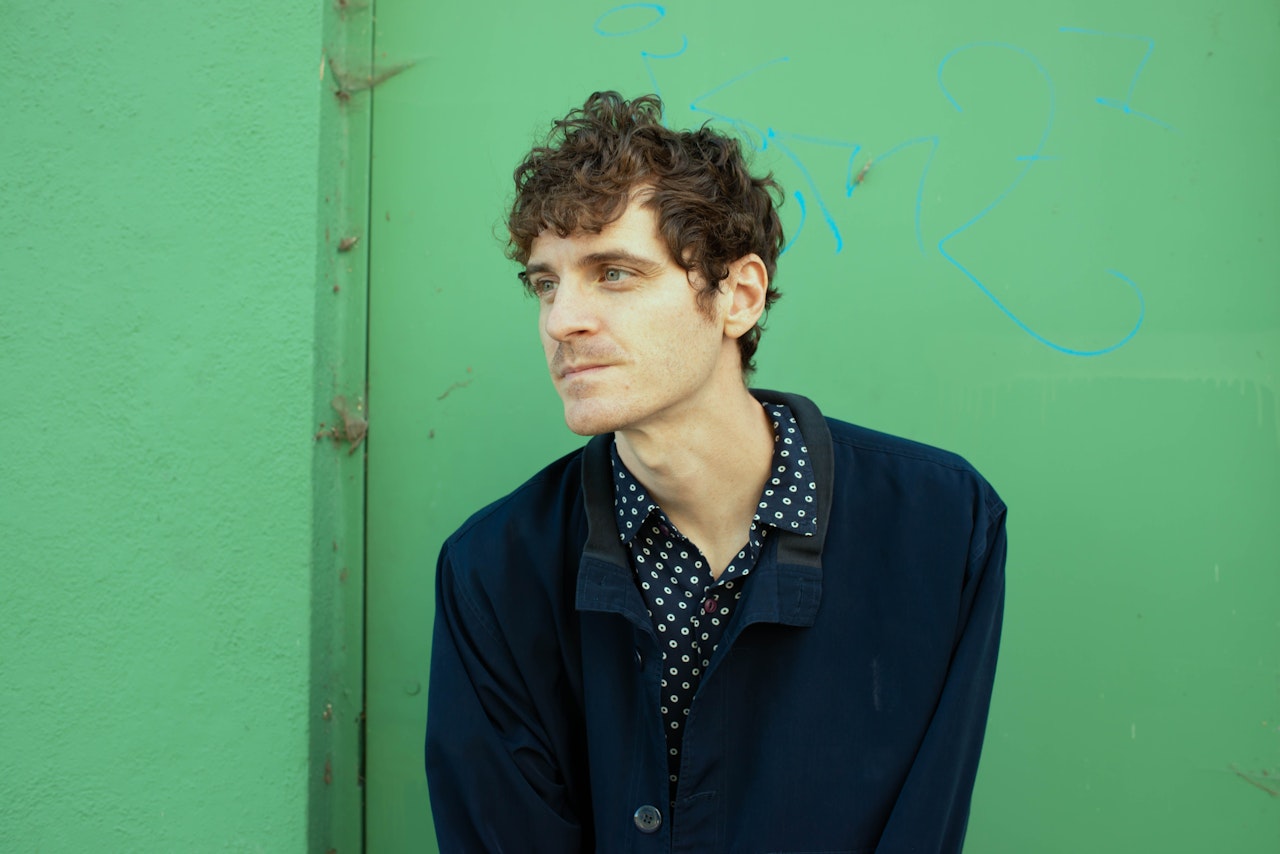

In 1951, Alex North broke new ground with A Streetcar Named Desire, the first jazz-driven dramatic film score, which would inspire the later likes of Elmer Bernstein (1955’s The Man with the Golden Arm). Nevertheless, the supremacy of the film score would be challenged as the decades advanced. The industry had to contend with the rise of television, battles over composer’s rights, and an upsurge in pop music that appealed to the new-found teenage demographic. Pop scores were best exemplified by the presence of Bill Haley and His Comets’ ‘Rock Around the Clock’ from Blackboard Jungle (1955).
Increasingly mercurial audience tastes, a rise in independent production, and breakthroughs in instrumental and electronic techniques proved a boon to some of cinema’s most gifted composers. Bernard Herrmann delivered a jabbing, string-only onslaught for Alfred Hitchcock’s Psycho (1960), most famously in the notorious shower sequence. And Jerry Goldsmith appeared to ditch conventional theme and melody altogether in the eerie, Stravinsky-aping Planet of the Apes (1968). At the same period, Ennio Morricone imploded the traditional sound of the Western, importing lush Italian operatic idioms into his Dollars trilogy (1964-1966) and Once Upon a Time in the West (1968), both for director Sergio Leone.
A sense of eclecticism is important to Daniel Pemberton, the composer behind a diverse range of 21st-century film scores including Steve Jobs (2015), for director Danny Boyle, and the Oscar-winning animated comic book movie Spider-Man: Into the Spider-Verse (2018). Pemberton says he continually seeks to reinvent his sound from project to project, likening each new film score to “starting up a new band every couple of months”.
“On every film, I write for the film,” Pemberton explains. “Every film is different. For me, the most successful kind of score is music you can hear away from the film. It instantly takes you back to a particular moment. Sometimes that can be a really rich sonic landscape; other times, it can be a really simple melody. How do you create something that’s so unique that it takes you back to the memory of seeing the film for the first time?
“With Spider-Man: Into the Spider-Verse, I went into it consciously trying to avoid superhero conventions. I initially wanted it to be entirely electronic and experimental, but that didn’t entirely work, so I sought to import other elements to aid Miles Morales’ journey. I try to do that often by creating different-sounding scores. I want every score to feel special and I want what’s best for the film. I don’t necessarily want to be defined by a house style. If each of one’s scores keeps people guessing, then one is free to experiment more.”
With 'Spider-Man: Into the Spider-Verse', I went into it consciously trying to avoid superhero conventions.
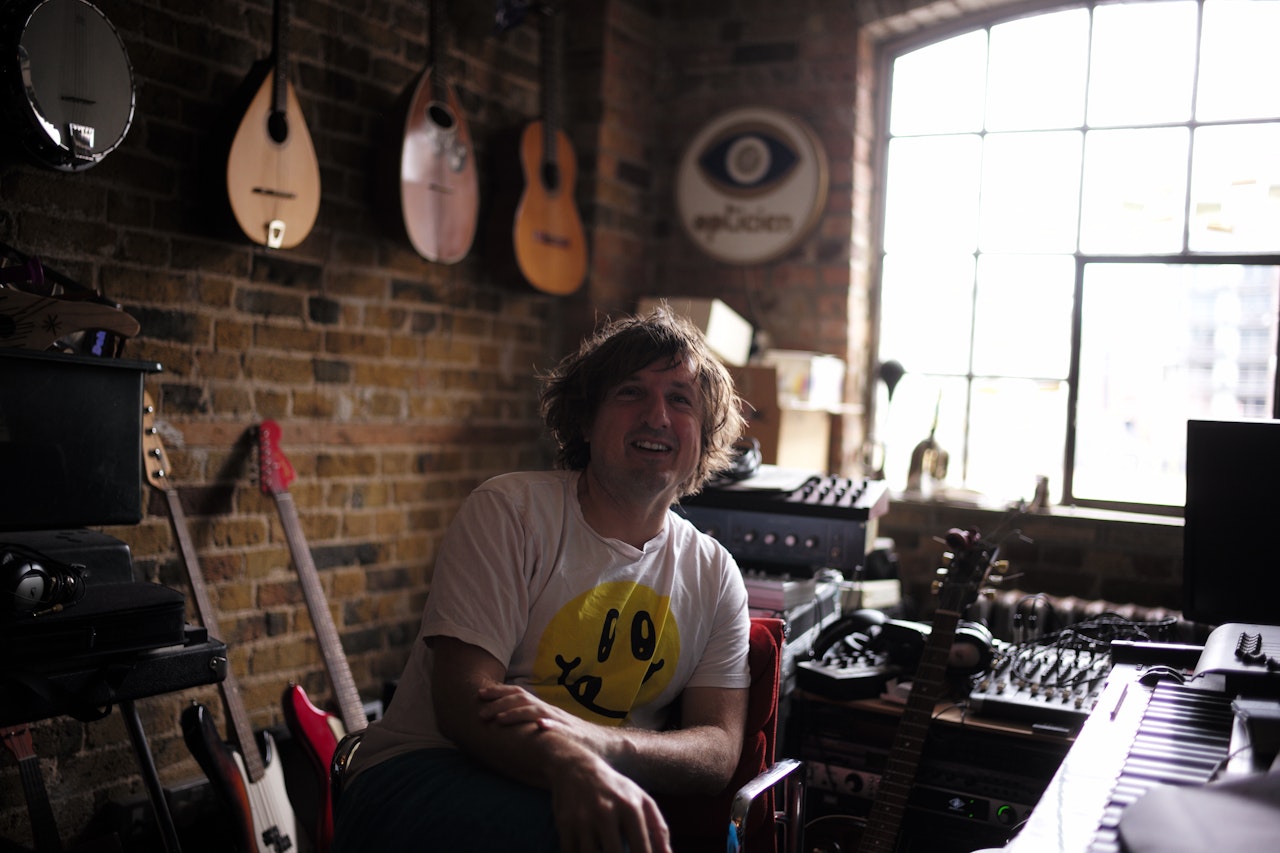
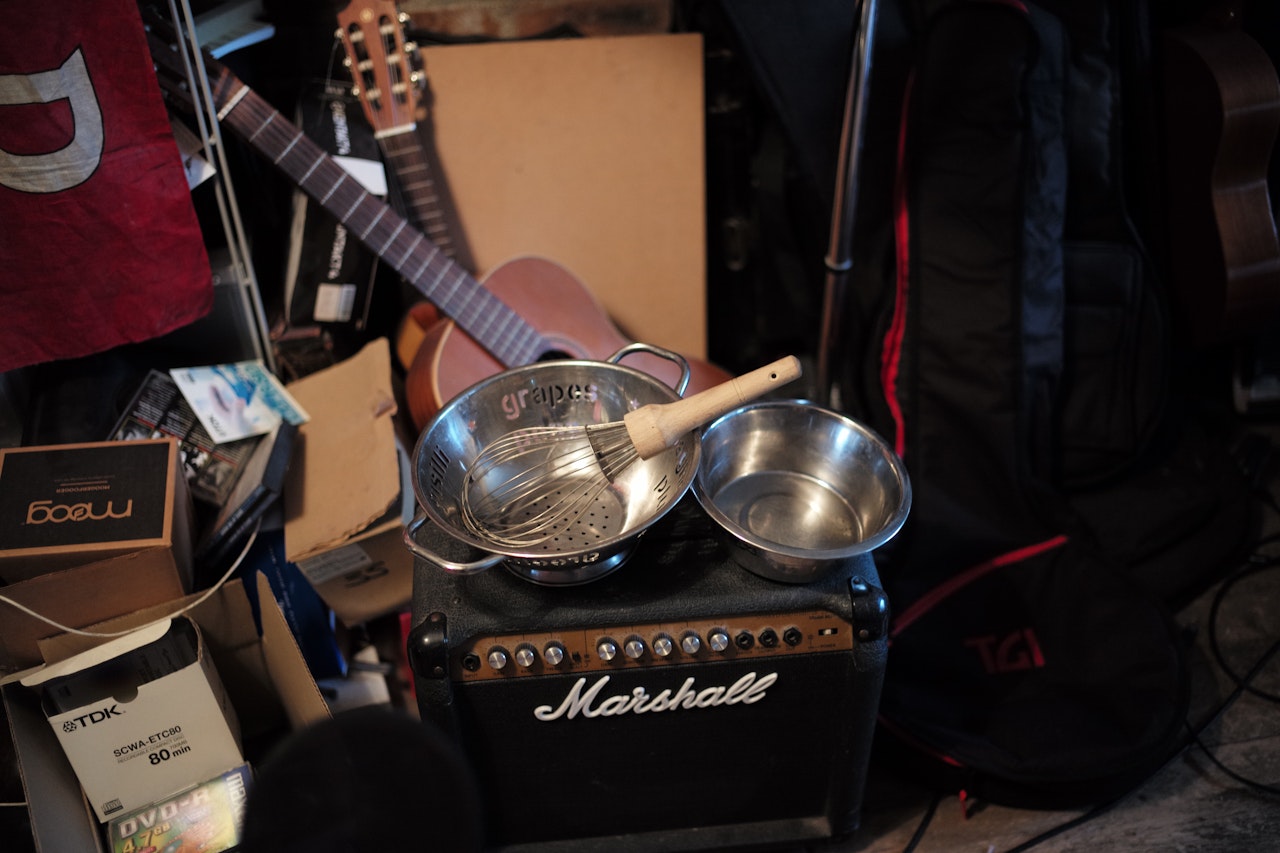
As times and tastes changed during the 1950s and 1960s, the intransigence of the scoring industry became increasingly apparent. Artists of colour were only occasionally represented; nevertheless, the likes of Duke Ellington (1959’s Anatomy of a Murder) and Quincy Jones (1967’s In Cold Blood) were able to experiment with vibrant jazz sounds. Diversity of representation later took hold (albeit briefly) during the 1970s Blaxploitation craze in which the likes of Isaac Hayes (1971’s Shaft) and Marvin Gaye (1972’s Trouble Man) contributed memorable scores.
In the midst of a distinctly patriarchal industry, women film composers have also pushed the boundaries, particularly in the realm of electronics. Wendy Carlos’ pioneering work with Stanley Kubrick on the likes of A Clockwork Orange (1971), helped pave the way for the likes of Suzanne Ciani, inventor of the Coca Cola ‘pop and pour’ sound effect. In 1981, Ciani brought her signature electronic experimentation to director Joel Schumacher’s The Incredible Shrinking Woman.
“I have identified as a composer since being a child, when I scribbled dots on manuscript paper while sitting at the piano, not quite knowing what they meant,” Ciani recalls. “I fell in love with classical music by teaching myself to read music and sight-read through the literature of Chopin, Beethoven, Bach, Brahms, Grieg, and Rachmaninoff, all of whom were ‘composers’.
“So, to me a composer was someone who could write music, the way an author wrote books or an artist painted paintings. Then I studied composition and learned how a composer thinks, expanding musical ideas and structuring a musical experience. Even though at this moment I am very little married to the traditional concept of composition because I’m working in the world of analogue performance, the concepts and thought-processes of composing that I absorbed over the last 60 years still inform my approach to organizing sound.”
I have identified as a composer since being a child, when I scribbled dots on manuscript paper while sitting at the piano, not quite knowing what they meant.
Tamar-kali is an eclectic, genre-defying composer whose work has traversed the pop and classical spheres. Citing a diverse range of influences from Wendy Carlos to P.J. Harvey, Tamar-kali has filtered her love of the string section through her Psychochamber Ensemble, plus praised film scores for 2017’s Mudbound, directed by Dee Rees, and 2020’s Shirley, directed by Josephine Decker.
“Art feeds my soul as an artist and influences my work,” Tamar-kali explains. “I’m influenced by a myriad of different disciplines from film to dance to painting. When Dee Rees asked me to score Mudbound, I’d never scored a film before, but I’d been composing independently for years. That’s what happens: you make a connection with someone and you make art together.”
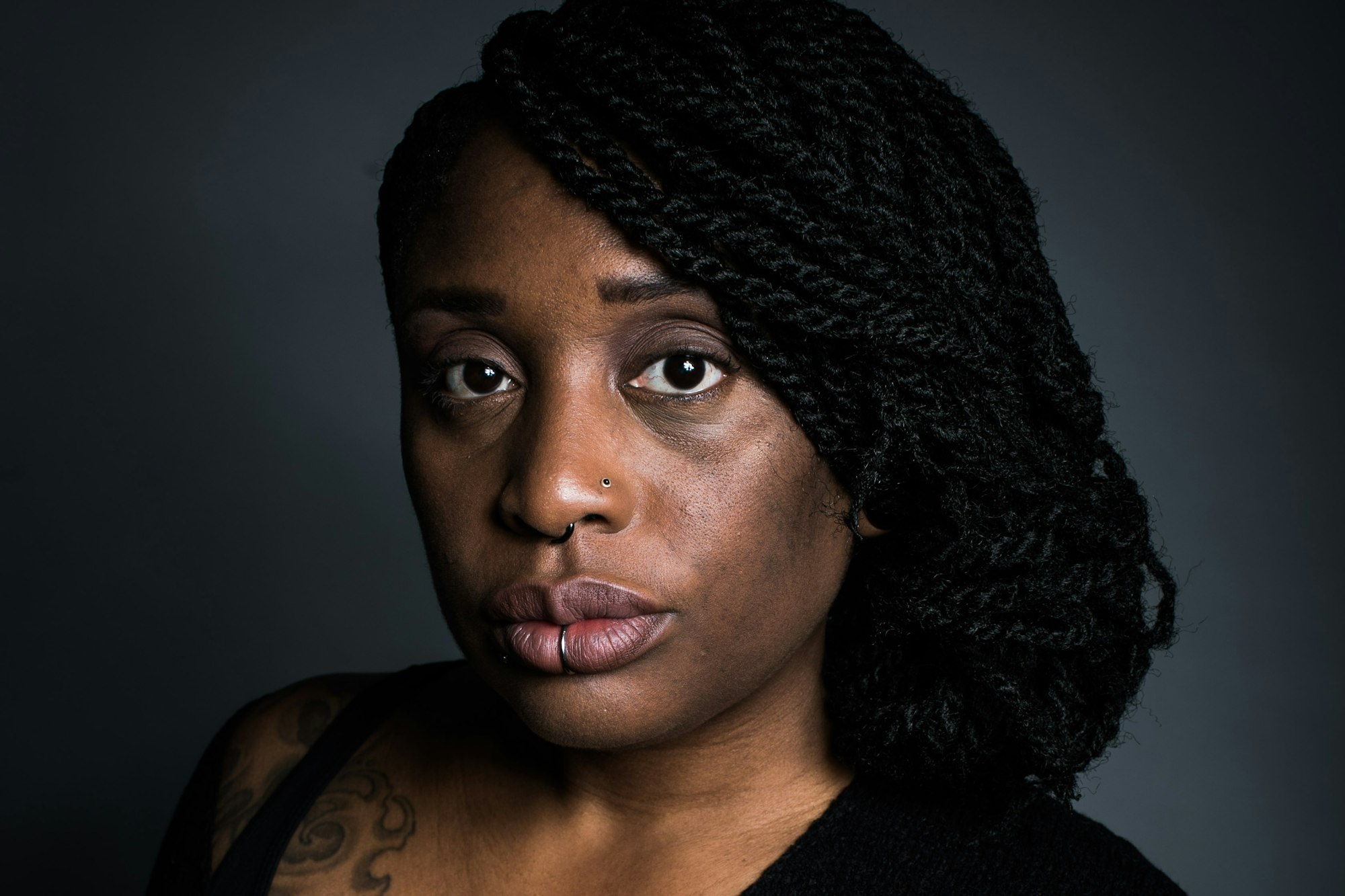
“I was so lucky to grow up in a time where strings were ubiquitous in popular music,” she continues. “Even in terms of disco, there were serious orchestrations happening, in songs like Chic’s ‘I Want Your Love.’ In terms of my film scores, I try to speak in impressionistic terms, rather than technical ones, with the director. Ultimately, when it comes to film music, you’re talking about a feeling, right? It’s the composer’s job to figure out the emotional technique, the dynamic, to make the feeling happen.”
When asked about diversity of representation in film music, Tamar-kali remains sanguine but says that change needs to happen organically. “The industry is just a microcosm of what’s happening in the world,” she muses. “The industry is trying to be a buffer against these pessimistic, nihilistic vibrations in politics, capitalism, and so on. Diversity is being approached, very clumsily, as a campaign. Everything’s a slogan. It’s not holistic or getting to the root of the problem. I hope that moving forward, when people are consulted on these things, they can approach it from a more informed place.”
I was so lucky to grow up in a time where strings were ubiquitous in popular music.
The history of Hollywood film music is marked by reversals. The late 1960s were marked by much experimentation and gave rise to a pop-oriented landscape. In 1967, The Graduate’s use of Simon and Garfunkel’s youth-oriented pop tracks, especially ‘The Sound of Silence’ and ‘Mrs. Robinson’, was a watershed moment in film history. That said, nostalgic norms were restored by the mid-1970s, largely thanks to the symphonic majesty of John Williams. In 1977, Williams’ score for George Lucas’ fledgling Star Wars movie, A New Hope, restored Erich Wolfgang Korngold’s brassy sense of European romanticism that had gone somewhat dormant during the preceding decade. Williams won an Oscar for his efforts, in the process alerting Hollywood to the commercial opportunities inherent in nostalgic scoring idioms.
The subsequent decade, the 1980s, was a period marked alternately by fulsome melodic writing and remarkable electronic experimentation. The likes of James Horner and Alan Silvestri picked up the symphonic baton from Williams with the likes of Star Trek II: The Wrath of Khan (1982) and Back to the Future (1985), respectively. Williams found himself defined by his large-scale orchestral works, including the critically acclaimed Indiana Jones trilogy (1981-1989) and the Oscar-winning E.T. The Extra-Terrestrial (1982), both for director Steven Spielberg.
Running in parallel were the arrestingly moody, synthetic soundscapes conjured by the likes of John Carpenter (1978’s Halloween; 1981’s Escape from New York), Vangelis (1981’s Chariots of Fire; 1982’s Blade Runner), and Tangerine Dream (1987’s Near Dark). Modular synthesisers were put to use by the likes of Jerry Goldsmith (1984’s Gremlins), who merged otherworldly sounds with the organic nature of the symphony orchestra, although it wasn’t until the 1990s that this blend reached its sophisticated apex.
During the latter half of the 1980s, continuing into the 1990s, composer Hans Zimmer democratised a new method of film scoring. He established a company named Media Ventures, later renamed Remote Control Productions, which sought to blur the lines between electronic, processed sound and the organic warmth of the symphony orchestra. Zimmer also took on the role of mentor to many rising young composers including John Powell (the Bourne series, 2002-2016), Harry Gregson-Williams (The Martian, 2015), and Lorne Balfe (Mission: Impossible - Fallout, 2018), helping set in motion a dynamic, if controversial, new period in film music.
Zimmer’s anthemic, muscular style has become entrenched in the films of Jerry Bruckheimer (the Disney-distributed Pirates of the Caribbean franchise, 2003-2017) and the films of Christopher Nolan (The Dark Knight trilogy, 2005-2012; 2014’s Interstellar et al). Yet despite Zimmer’s market dominance, there has also been a preponderance of exciting new voices on the scene in recent years, ranging from Mica Levi’s eerily discordant Under the Skin (2014) to Nicholas Britell’s moody Moonlight (2016) and the swooning If Beale Street Could Talk (2018). Michael Abels has made a virtue of his striking vocal arrangements in Jordan Peele’s lauded horror movies Get Out (2017) and Us (2019). Pop and rock musicians such as Radiohead’s Jonny Greenwood (2007’s There Will Be Blood) have also made bold in-roads into film music.
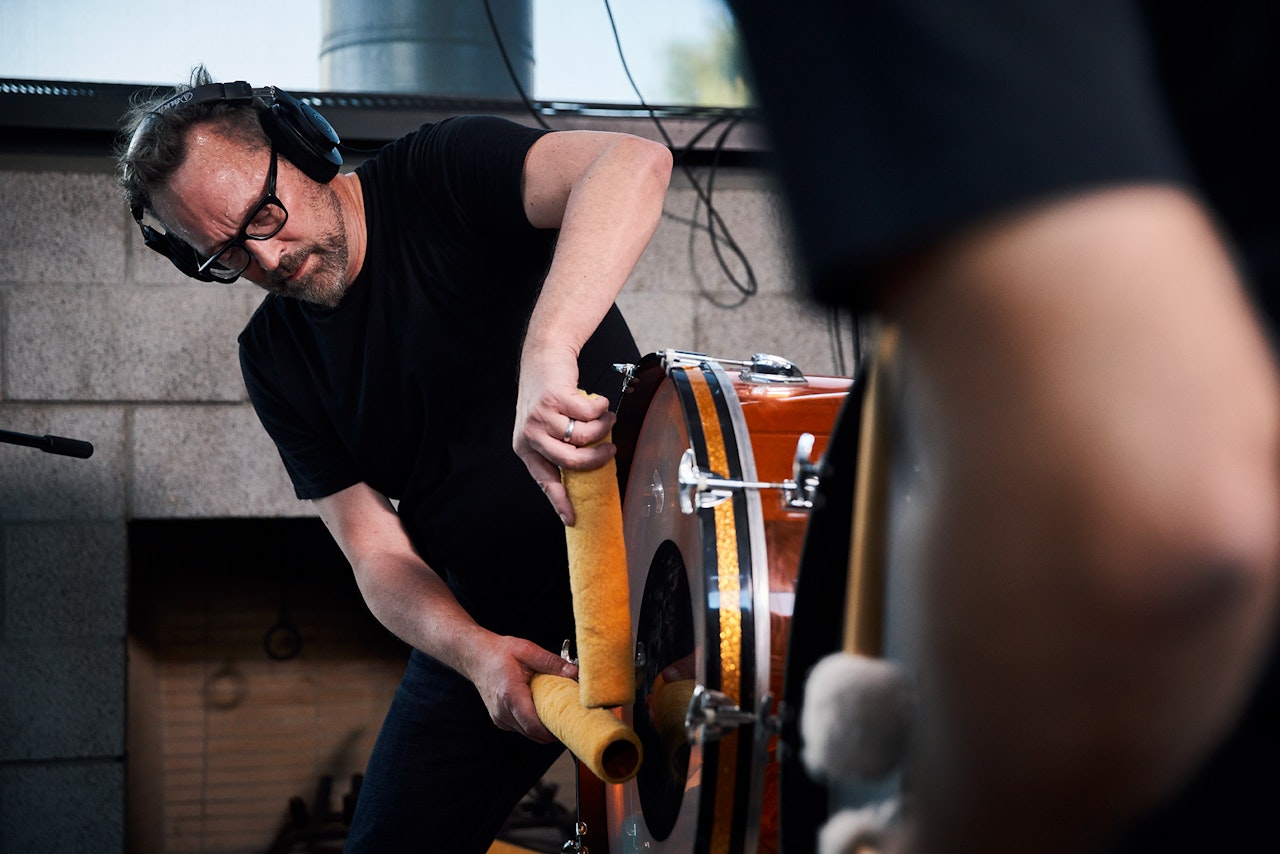
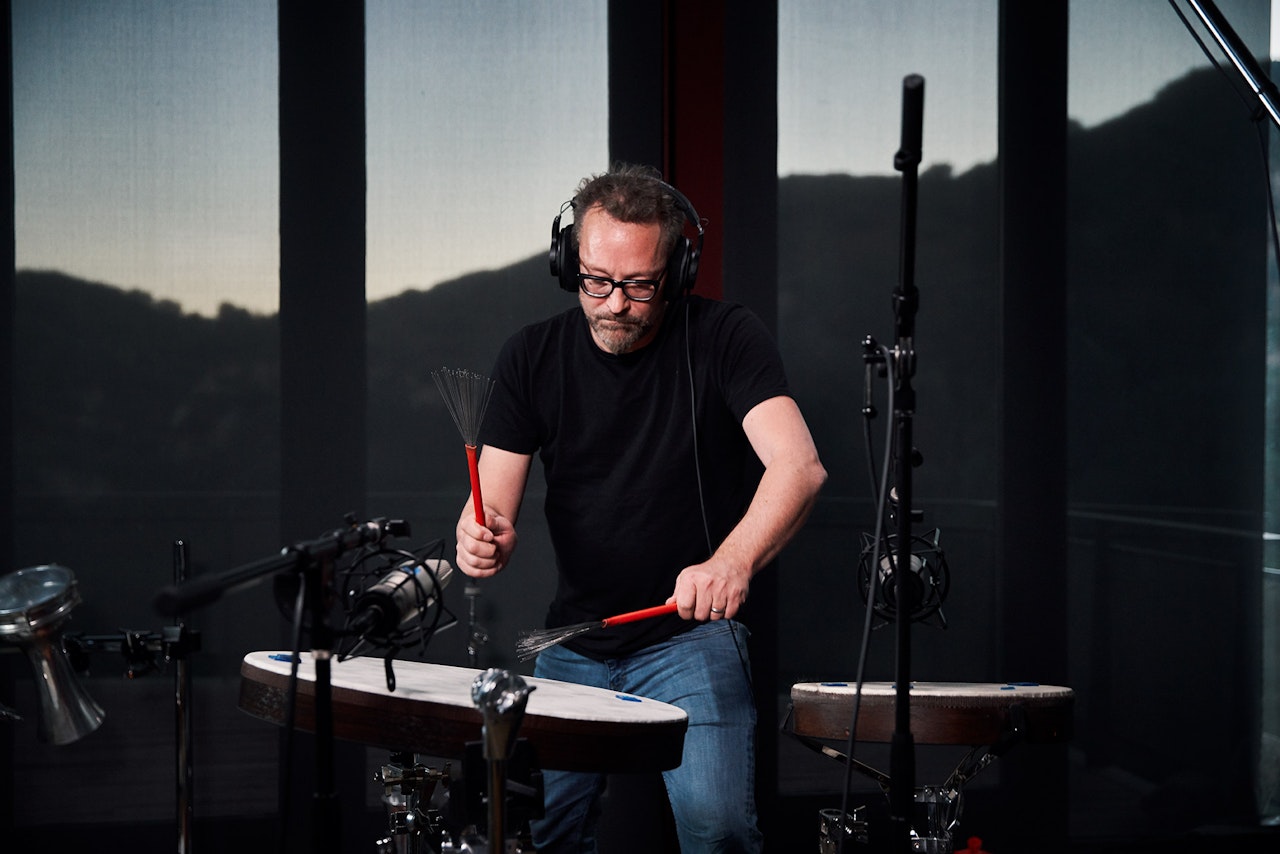
Charlie Clouser is a former collaborator with Nine Inch Nails’ Trent Reznor (now an Oscar-winning film composer in his own right). Clouser has worked with director James Wan on the likes of the Saw series, beginning in 2004, and Dead Silence (2007), and says that “a filmmaker with a strong opinion, either positive or negative, is always an ideal working situation for a composer”. He adds: “A lot of musicians of any stripe will say that limitations and constraints are good because they guide you to a destination that’s compatible with those limitations.
Making rock records is like painting a portrait, but working in film music is often more abstract.
“Making rock records is like painting a portrait, but working in film music is often more abstract,” Clouser elaborates. “In scoring, there are fewer constraints on the content, but more constraints on the form. When it comes to songs, the form is dictated by the conventions of something like, ‘how long can the guitar solo be?’ In film music, it’s dictated by what’s on the screen. Everything is up for grabs, but the form is, if anything, even more, set in stone.”
Contemporary film music is seemingly riven with doubt as to the efficacy of thematic continuity. Whereas the likes of Don Davis’ Matrix trilogy (1999-2003) and Howard Shore’s aforementioned The Lord of the Rings trilogy built up a swirling, Wagnerian sense of grandeur, the ensuing Marvel Cinematic Universe (MCU) has been disappointingly fragmentary in terms of its thematic overlap. Only in recent years with the regular deployment of Alan Silvestri’s Avengers theme, first heard in The Avengers (2012), has the franchise developed something of an overarching musical signifier. Silvestri’s theme reached its majestic apex in the two-punch of Avengers: Infinity War (2018) and Avengers: Endgame (2019).
“Coming up with thematic building blocks is key,” Daniel Pemberton explains. “One of my favourite film themes is Harold Faltermeyer’s ‘Axel F’ from Beverly Hills Cop (1984). Instantly, you remember it. I also love Anton Karras’ score for The Third Man (1949), which still feels fresh today. That score is timeless.”
Howard Shore says that the nature of his collaborations, ranging from David Cronenberg (1986’s The Fly, and others), to Peter Jackson tends to vary in terms of philosophy. “The Cronenberg films generally used music to bring out the subtext of the scene,” he says. “Working around the edges of the frame, never trying to lead. Peter Jackson’s approach to The Lord of the Rings was to use the music for clarity in storytelling using an extensive system of themes and motifs.” Shore also stresses that the collaboration between director and composer is at its best when “all elements of the film are evenly balanced… direction, acting, screenwriting, production design, costume, cinematography, editing, music, sound editing and so on”.
At the end of the day, the biggest responsibility of the composer is to support the movie.
While 21st-century film music has the advantage of more sophisticated techniques and, in some quarters, bigger budgetary allowances, controversy continues to rage as to the medium’s identity. Increasingly aggressive sound mixing, overbearing corporate oversight, and the repeated burden of rejected scores have conspired to make the recording studio a fraught, if unlikely, battleground.
“You have to find the sound that belongs to the film,” explains Emile Mosseri. “There’s a process involved in finding that. If you say from the start, ‘I know how to do this,’ you’re cutting off a big part of that process, which is exploration. The goal is to reinvent, but not abandon your musical instincts from project to project. There’s a thread between each score, but you’re building each new score out of different fabric.”
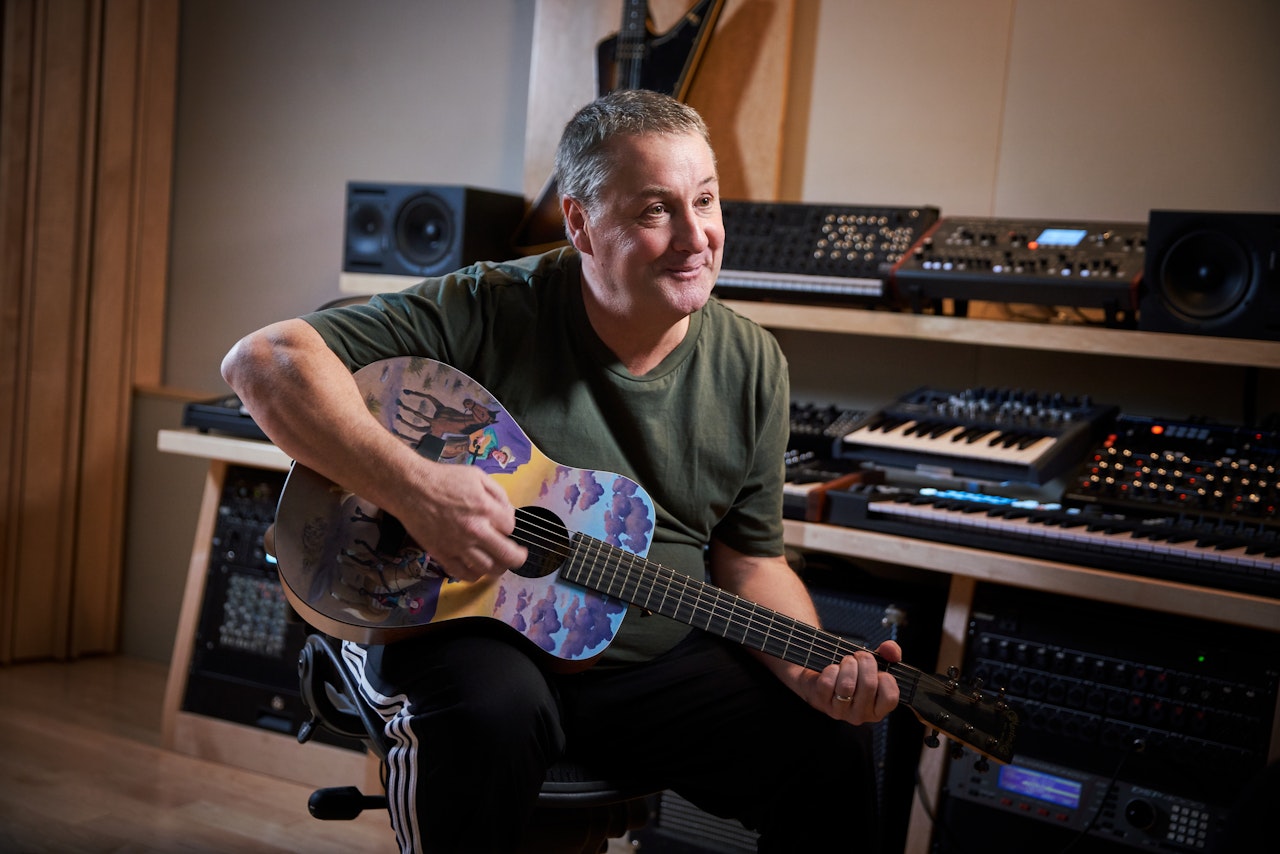
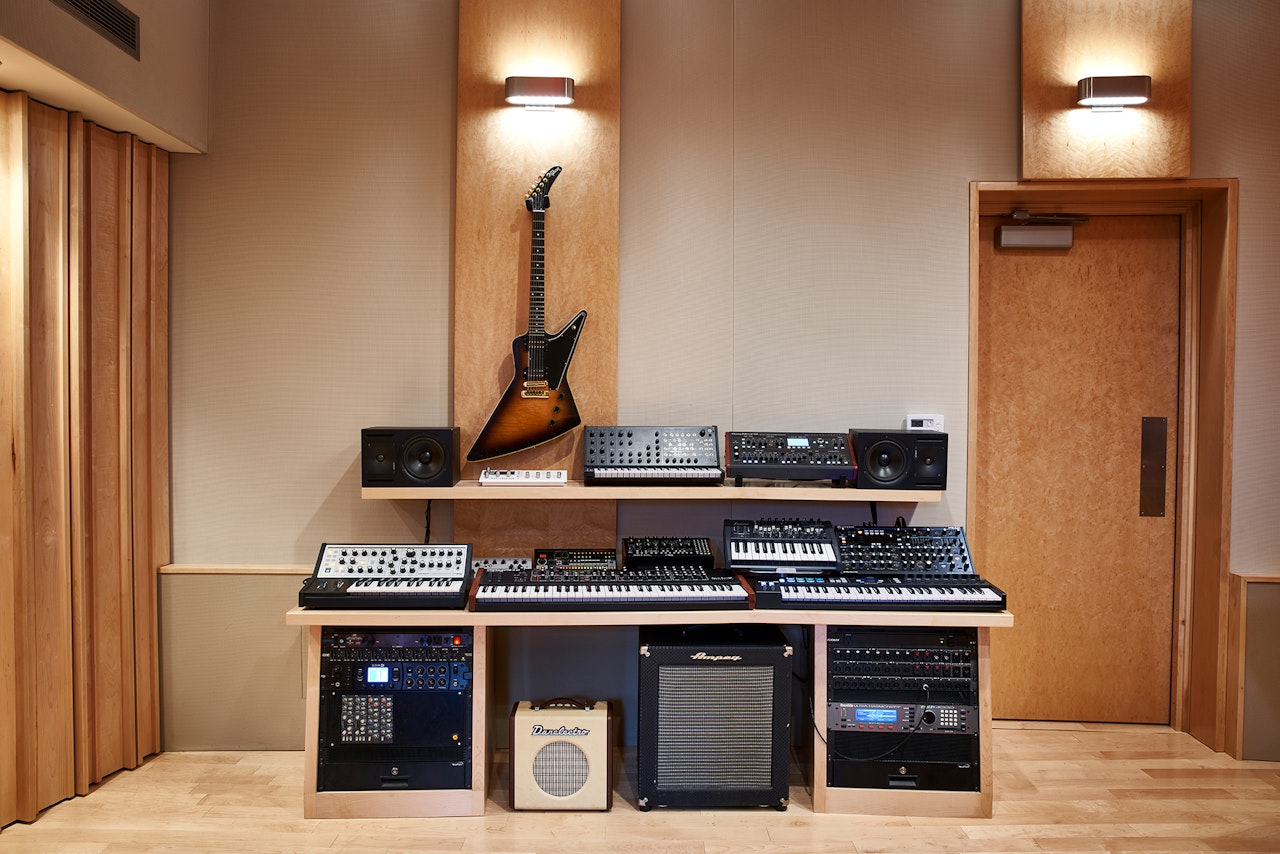
Bracingly idiosyncratic voices such as Thomas Newman (1999’s American Beauty), son of the aforementioned Alfred Newman, and Alexandre Desplat (2017’s The Shape of Water) stand out all the more due to the prevalence of homogenised musical product, which is sought by directors and franchise owners alike. It is up to the individual composers to rise above the copy and paste, cut and shut aesthetic that has been allowed to dominate so much of contemporary film music. Navigating these pitfalls and pressures has made film music composition all the more challenging, but also more rewarding when the risks pay off.
“At the end of the day the biggest responsibility of the composer is to support the movie,” says John Murphy. “You've got to find out what the director's vision is, as quickly as you can, and then you've got to go to war. You've got to get in the trenches. And then you just keep going and going until you surprise yourself. And hope that it means something to everyone who watches the movie.”
